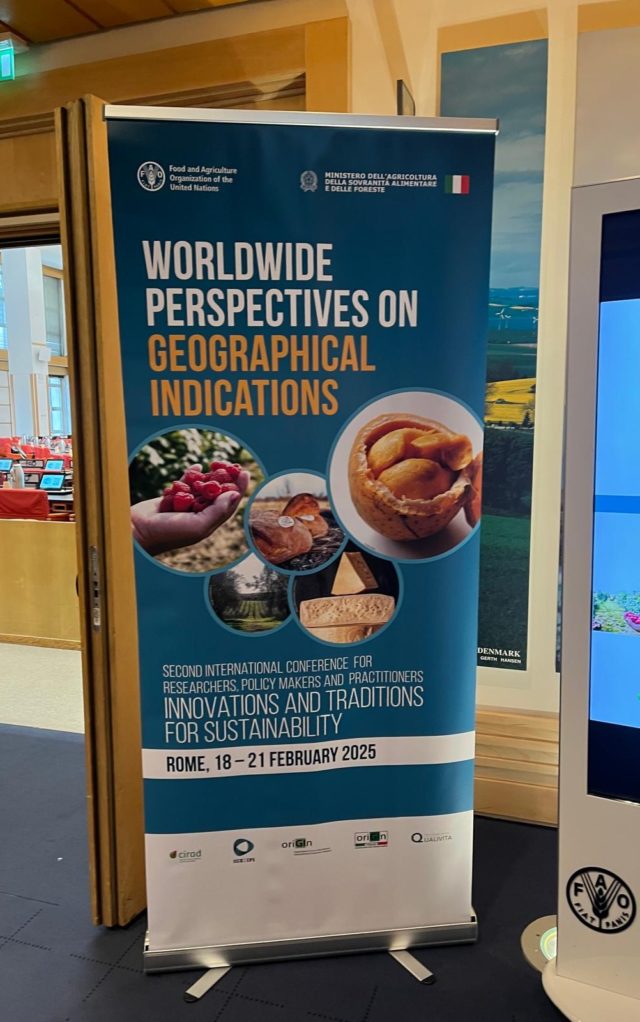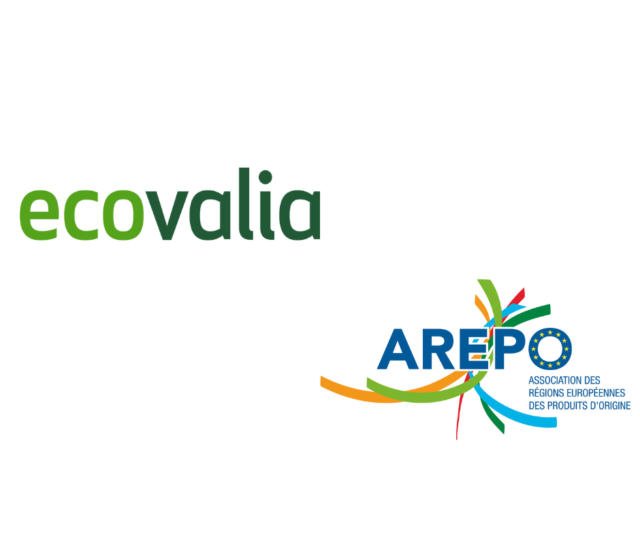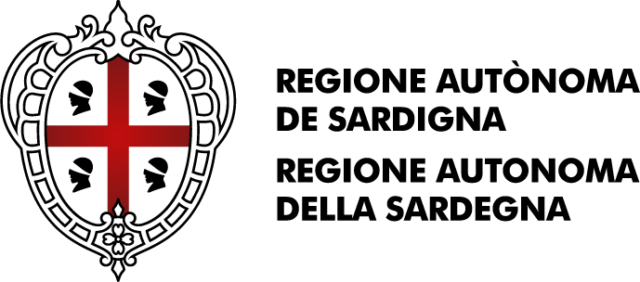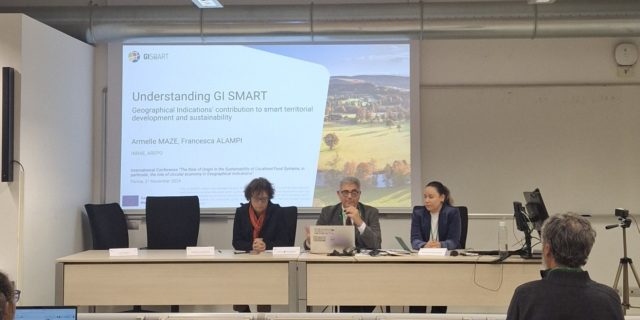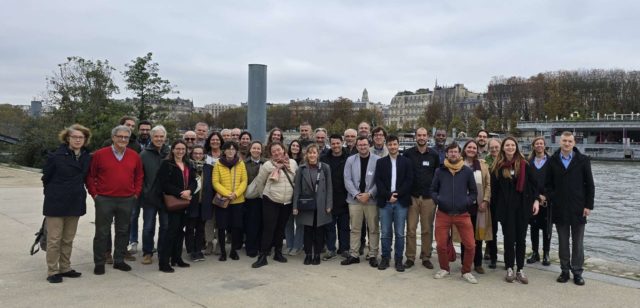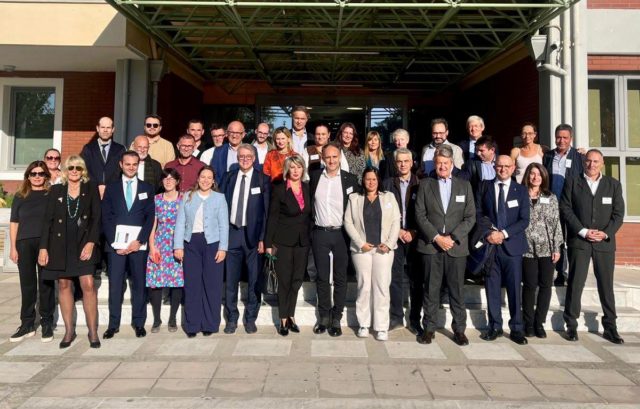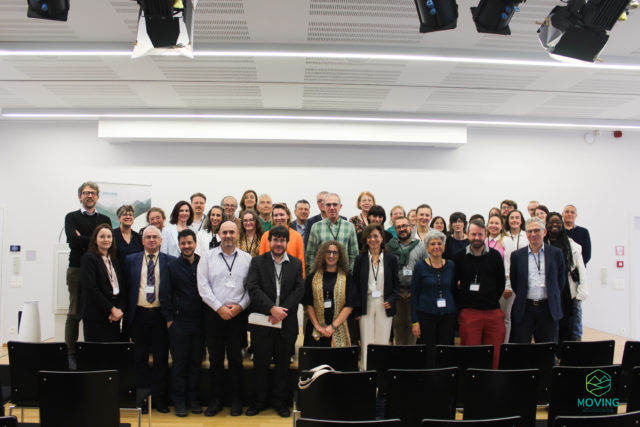Country names are incomparable value creators, synonymous with a State’s national competitive identity, and deserve sui generis protection. Three broad approaches to amplifying protection of country names against misuse and free riding in international commerce have emerged. First, the ‘Swissness’ model, which is a national statutory framework for the protection of the appellation ‘Swiss’. It is characterized by co-branding regulations,1 and supplementing intellectual property (IP) protection with diplomacy through bilateral and plurilateral trade agreements.
Secondly, French jurisprudence affirmed—in France Atout v France.com—that the appellation ‘France’ constitutes for the French government a reference to its economic, geographic, historic, political and cultural identity, and is understood by the public as signifying goods and services made in France. Thirdly, the multilateral approach, whereby the World Intellectual Property Organization (WIPO) Standing Committee on the Law of Trademarks, Industrial Designs and Geographical Indications (SCT) mechanism is being used to sift through divergent views of member states on protection of country names and coalesce recommendations into a norm setting instrument, has made some incremental cede way. The critical question that continues to provoke debate is whether member states should adopt an instrument modifying international IP policy to embrace increased IP protection of country names in keeping with the vicissitudes of modern global trade. The article highlights the recommendations made by the international community on this issue. A new IP classification, ‘country name designation’, is considered to encompass the extended function of country names as well as the author’s proposal for the creation of a sui generis multilateral IP framework. Exceptions and limitation to the scope of protection are also explored.




